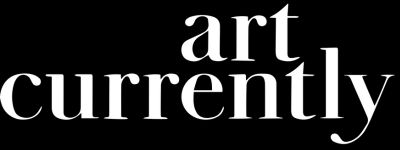Angel Albarran and Anna Cabrera's 'Photographic Syntax' Reveals Philosophical Dimensions in Photography

Presenting their latest exhibition, “Photographic Syntax,” at IBASHO, the Spanish artist couple, Angel Albarran and Anna Cabrera, reveal their nous and use of photography as a philosophical tool. On view until March 10, this marks their second solo exhibition at the renowned Antwerp gallery.
"The possibility of having a tool with which to investigate reality is what drew us to the photographic medium. At first we photographed with the simple intention of recording what we saw. But soon our interest shifted from capturing the superficial appearance of reality to investigating its “underlying structure”. Thus, photography has in this way become the perfect philosophical tool with which to understand the world and our images are the by-product of that investigation, the notebooks of our research.”
The unconventional usage of new printing techniques and reengineering existing processes allows them to turn the images into fully fledged objects, a crucial element in their philosophy. In the exhibition, some of these approaches include, printed Japanese gampi paper over gold leaf, cyanotypes on aluminum, and from more recent exploration, abstractions of polarized light. With the non-traditional, analog processes, it's their way to understand concepts that transcend representation. They are able to create new dimensions with their still-life subjects from their various trips to Japan.
”Sometimes the available printing technology is not advanced enough to realize one’s vision... We realized that if we wanted to expand the meaning of our work we also needed to expand the rules, principles and processes that make this meaning possible."
These new dimensions created are complimented by muted, bold tones, further adding to the illusions of these photos becoming physical objects. As they expand their photographic syntax through philosophy, the influence of occidental and oriental thinkers and artists becomes apparent.
The juxtaposition creates a disorienting yet focused perspective, inviting viewers to engage their understanding of the exhibited works. It is a showcase that continuously prompts questions about time, place, and identity, cultivating curiosity and inviting a shift in perspective.


